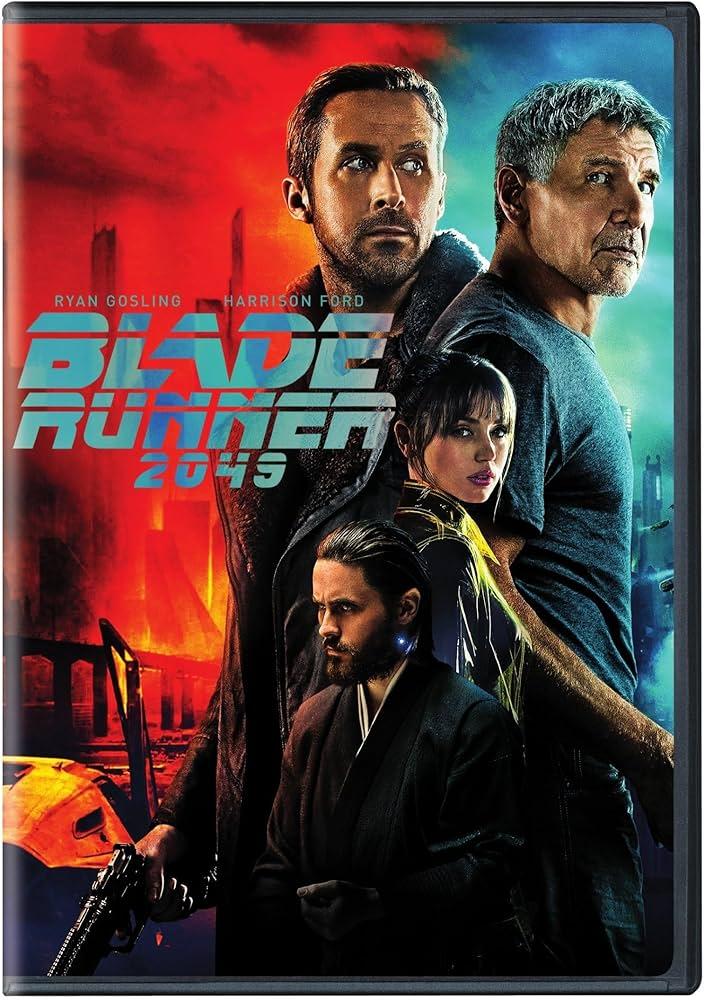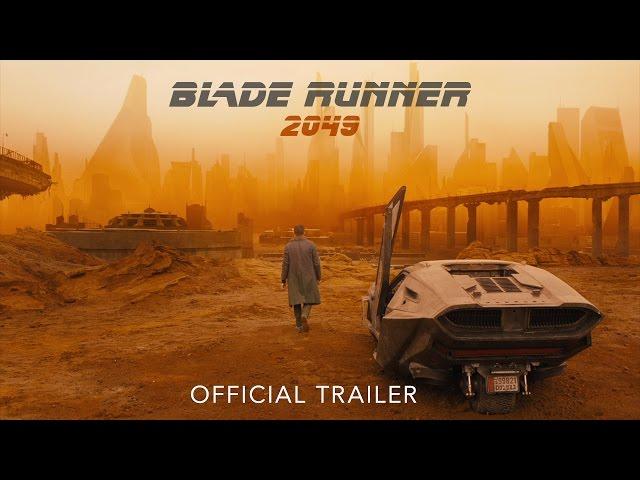In the realm of contemporary science fiction cinema, few films have garnered as much critical acclaim for their visual storytelling as Denis Villeneuve‘s ”Blade Runner 2049.” As a sequel to Ridley Scott’s iconic 1982 film “Blade Runner,” this 2017 masterpiece extends the narrative into a future both hauntingly dystopian and profoundly beautiful. Through a meticulous blend of cinematography, production design, and visual effects, “Blade Runner 2049” transcends conventional storytelling to craft a rich tapestry of imagery that speaks volumes beyond dialogue and plot. This article embarks on an analytical exploration of the film’s visual storytelling techniques, examining how they contribute to the thematic depth and emotional resonance of the narrative. By dissecting the interplay of color palettes, composition, and visual motifs, we aim to uncover the intricate layers of meaning embedded within the film’s striking visuals, offering insights into how Villeneuve and his creative team have redefined the boundaries of cinematic artistry in the science fiction genre.
Cinematic Techniques and Their Impact on Narrative Depth
In “Blade Runner 2049,” the intricate tapestry of cinematic techniques elevates the narrative to a profound exploration of identity and existence. Director Denis Villeneuve employs composition and framing to craft a visually arresting landscape that mirrors the film’s thematic core. The deliberate use of wide shots not only captures the vast, dystopian world but also emphasizes the isolation and existential quest of the characters. This spatial arrangement invites the audience to contemplate the expansive yet desolate universe in which the narrative unfolds.
- Color Palette: The film’s color scheme, dominated by muted grays and vivid neons, reflects the duality of artificiality and authenticity. The contrasting hues serve to underscore the tension between the synthetic and the genuine, a central theme of the narrative.
- Lighting: Villeneuve’s use of chiaroscuro lighting enhances the mystery and ambiguity of the plot. Shadows are not merely an aesthetic choice but a narrative device that obscures and reveals, guiding the viewer’s perception of truth and deception.
- Sound Design: The haunting score by Hans Zimmer and Benjamin Wallfisch amplifies the emotional depth, using sound as a narrative tool that echoes the film’s exploration of memory and humanity.
These techniques collectively deepen the narrative, transforming “Blade Runner 2049” into a multi-layered experience that resonates on both an intellectual and emotional level, inviting audiences to engage with the philosophical questions at its heart.
The Role of Lighting and Color in Enhancing Emotional Resonance
In “Blade Runner 2049,” lighting and color serve as crucial instruments in crafting a visually arresting narrative that resonates on an emotional level. The film’s use of stark contrasts between shadow and light not only enhances the noir atmosphere but also mirrors the internal conflicts of its characters. Roger Deakins’ cinematography masterfully employs these elements to delineate the boundaries between the synthetic and the organic, the known and the unknown. The monochromatic blues and steely grays of the dystopian cityscapes evoke a sense of cold detachment, while the warm oranges and golds of the desert sequences suggest a fleeting glimpse of hope and humanity amidst the bleakness.
- Contrasting palettes: Each scene is meticulously crafted with a color scheme that reflects its emotional core.
- Symbolic lighting: The interplay of light and shadow often highlights themes of duality and ambiguity.
- Emotional transitions: Shifts in color temperature mark pivotal moments in character development and plot progression.
These visual choices are not merely aesthetic but are integrated deeply into the film’s storytelling. By manipulating lighting and color, “Blade Runner 2049” transcends traditional narrative techniques, immersing the audience in a world that feels both hauntingly alien and intimately familiar. Through this, the film achieves a profound emotional resonance, allowing viewers to engage with its complex themes on a visceral level.

Analyzing the Use of Visual Metaphors and Symbolism
In “Blade Runner 2049,” visual metaphors and symbolism are intricately woven into the fabric of its storytelling, creating a rich tapestry of meaning and emotion. The film uses these elements to explore themes of identity, humanity, and the passage of time. Color palettes play a significant role, with the stark contrast between the sterile whites of the Wallace Corporation and the vibrant neon hues of the cityscape representing the tension between nature and technology. Similarly, the desolate landscapes of the wasteland mirror the isolation and existential questions faced by the characters.
- Eyes: A recurring symbol throughout the film, eyes serve as a metaphor for perception and consciousness. The detailed close-ups of eyes suggest an exploration into the soul and what it means to be truly alive.
- Origami: A nod to the original “Blade Runner,” the origami figures symbolize the complex interplay between free will and determinism, hinting at the preordained paths of the replicants.
- Bees: The imagery of bees in the film acts as a metaphor for reproduction and the interconnectedness of life, contrasting with the sterile, artificial world.
Through these visual elements, “Blade Runner 2049” not only tells a compelling narrative but also invites viewers to ponder deeper philosophical questions. The use of symbolism and metaphor enriches the viewing experience, offering layers of interpretation that resonate long after the credits roll.

Recommendations for Future Visual Storytelling in Sci-Fi Cinema
As we envision the future of visual storytelling in sci-fi cinema, it is imperative to consider the elements that made Blade Runner 2049 a visual masterpiece. Emphasizing atmosphere and mood should remain a cornerstone. The use of color palettes, lighting, and intricate set designs can create immersive worlds that draw viewers into the narrative. Innovative world-building should be complemented by attention to detail, ensuring that every frame contributes to the film’s overarching story and themes.
- Integration of Cutting-edge Technology: Embrace advancements in CGI and virtual reality to enhance storytelling without overshadowing narrative substance.
- Emotional Resonance through Visuals: Utilize visual elements to evoke emotion and connect audiences with characters on a deeper level.
- Subtle Symbolism: Implement visual metaphors and motifs to enrich the story, encouraging viewers to engage with the film on multiple levels.
the future of sci-fi visual storytelling should not only rely on technological prowess but also focus on crafting visually cohesive worlds that resonate emotionally and intellectually with audiences. By learning from the successes of Blade Runner 2049, filmmakers can push the boundaries of what is possible in cinematic art.
